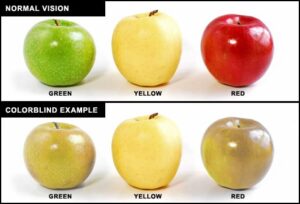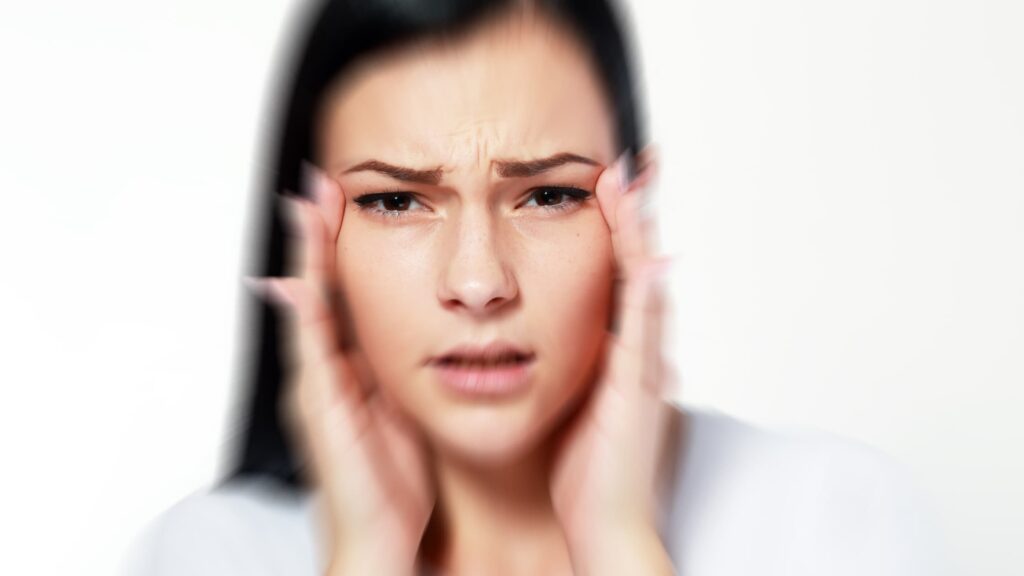Different people experience different visual disturbances due to different reasons. Still, sight abnormalities like a blind spot that usually starts as a grey spot in your vision then grow and change over time and turn into a C or moon shape. However, later giving a flickering appearance or a colourful zigzag pattern is common most people experience. Experiencing all these or something similar for the first time can be frightening. To some point, you may think you could be going blind, but no need to panic because these visual experiences do recover.
What are visual disturbances?
Visual disturbances sometimes occur in only one eye. However, it oftentimes occurs in both, and you can always figure out which one is affected by covering one eye and then going back and forth to figure out which eye you see it out of.
Common Visual Disturbances, Causes and How They Can be Treated.
There are 3 most commonly visual disturbances, these include:
- Blindness(partial, complete or colour)
- Blurred vision
- Double vision
Blindness(partial, complete or colour)

Visual blindness could be fractional or whole, and this can be due to cataract, optic nerve disorder, glaucoma and more. Partial blindness is when you can see the light and a little degree of things around you, while complete blindness is when you cannot see even a bit of light.

Colour blindness is also divided into partial and complete. However, people with partial colour blindness cannot differentiate between several colours. Furthermore, people with complete colour blindness sees everything as shades of grey, which is very rare. This visual disturbance part can be corrected with glasses, surgery or contact lens. However, in most cases, people with this type of visual disturbance hardly recover their sight.
Blurred Vision

Normal control of eye movements depends on the neuronal connections between the eyes, brain stem, and cerebellum. Changes in the central nervous system or peripheral labyrinthine apparatus can cause uncontrolled, repetitive eye movements known as Nystagmus, resulting in blurred vision. This can be fixed by corrective or contact lenses. Although other eye emergencies can lead to blurred vision, so it’s strongly advised to see your doctor if you experience frequent blurry vision over a short amount of time.
Double Vision

Also known as diplopia, it is when one sees two objects instead of one. This can be due to a physical change in the lens of the eye, cornea or retinal surface. However, this occurs with only one eye open(Monocular). Another cause of diplopia is due to misalignment of the eyes, which can be nerve or muscle-related. As a result of that, one experiences a double vision in both eyes(Binocular).
Double vision can also be due to a miscommunication in your brain, which is a serious health problem. It’s strongly advised to call/see your doctor anytime you experience this. So many things can lead to visual disturbances. Furthermore, some arise from congenital and hereditary conditions. Some can be due to diabetes and hyperthyroidism. In comparison, some could be easily triggered by stress, tiredness, glare, exercise, flickering or flashing lights, dehydration, exercise, excessive heat and more.
However, it is strongly advised to stop whatever work you’re doing when you notice any visual disturbance symptom and note what you were doing when it started. For how long it lasts. This is something significant you should discuss with your doctor to figure out what is happening with you and how you can take care of it. Usually, these visual disturbances start to dissipate in 10-15 minutes and last for up to 25-30 minutes. However, in few cases, it can last up to an hour. Some people experience a terrible migraine headache when these sight abnormalities start to go away. At the same time, some don’t, and so, it can be a bit confusing as some people mistake it for retinal or ocular migraine.


